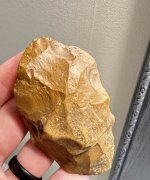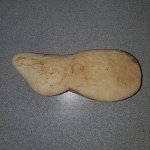Real de Tayopa Tropical Tramp
Gold Member
G'morning gents, coffee ready, want some? Speaking of finding lost thingies, just where is el Gollllum? Were those his feet that I saw sticking out of that collapsed tunnel?
Don Jose de La Mancha
Don Jose de La Mancha


 Just how stupid were those Jesuits?
Just how stupid were those Jesuits?


